Right, in Part One I tried to set out a really solid basis for you, the consumer, to understand the really critical information related to the key specifications that generally govern hook design, strength and function.
In this second part I’m going to try and offer some more general guidance on what patterns to use and when. Rather than, say, use a beaked point for this or a Mugga for that, though, I think it would be way more interesting and thought provoking if we look at this subject in a broader sense – by looking at the factors that govern these decisions, as well as the key characteristics of individual hook patterns.
It’s got to be much better to start to build an intrinsic understanding of hooks by relating information to the rigs that you favour. What are you trying to achieve with your rigs? Why would one pattern work better than another and how you can make the most out of the hook patterns you have confidence in by manipulating how they work in relation to ‘the hooking mechanism’? A lot of these variables relate to the broader topics of the hooklink material and the nature of the lake bed (silt, gravel, sand, clay).
To my mind, though, the key elements are the size and buoyancy of the hook bait you are using…


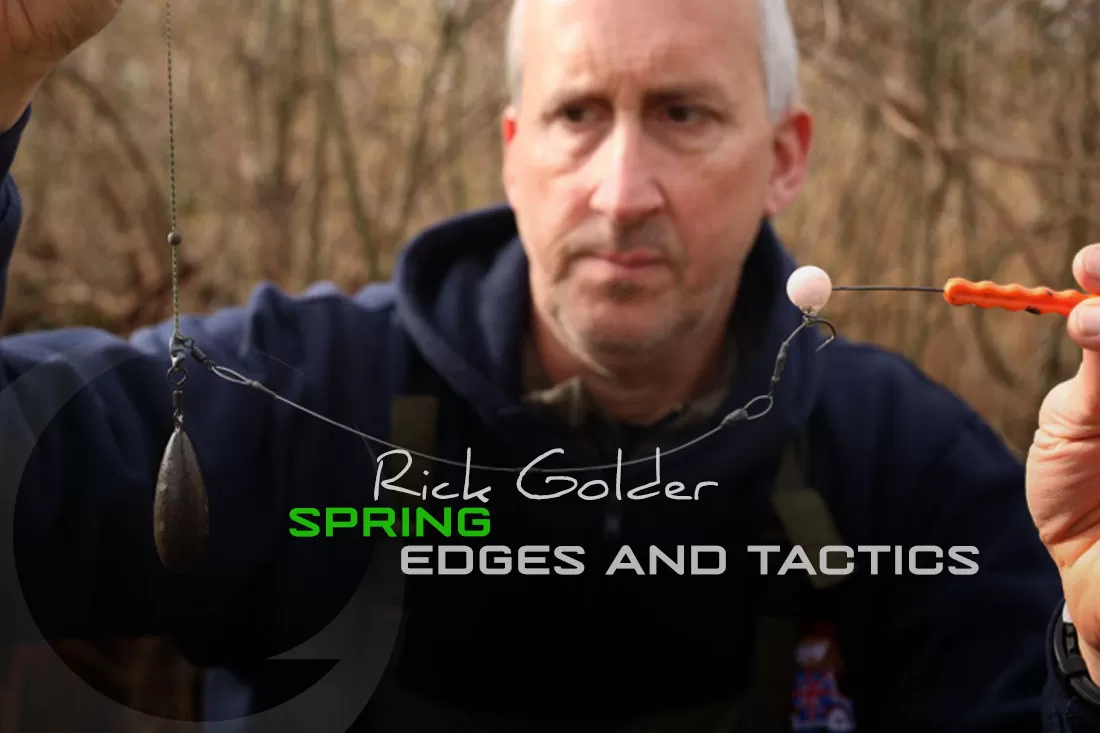
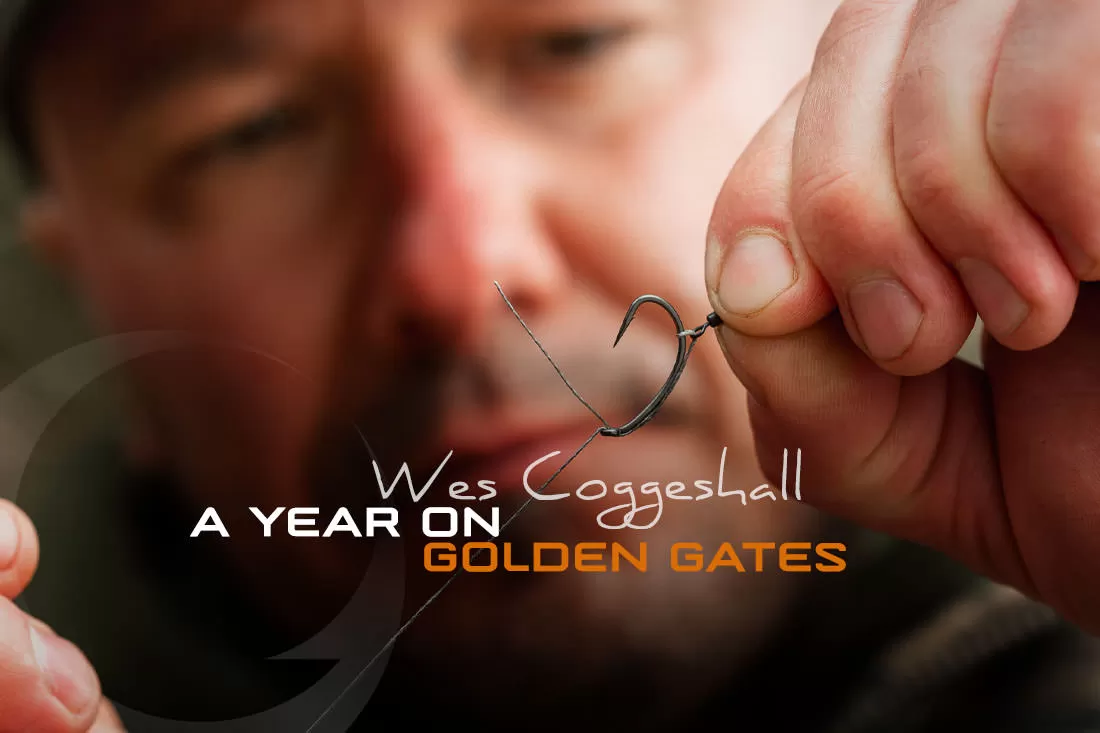
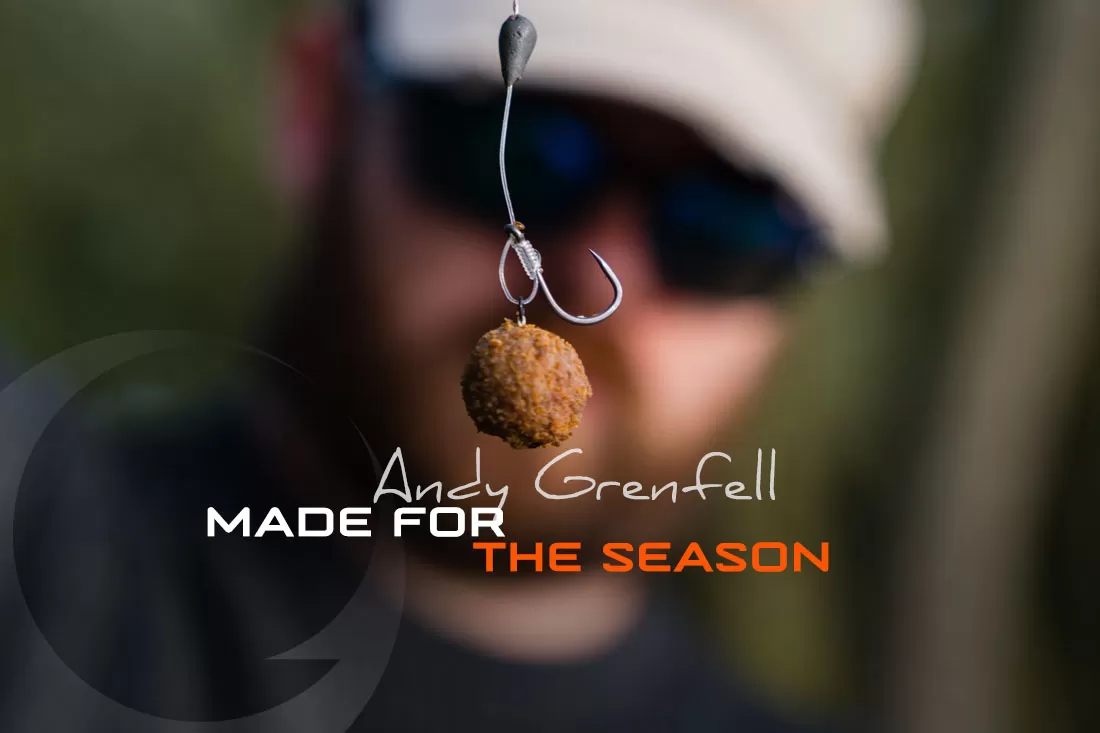
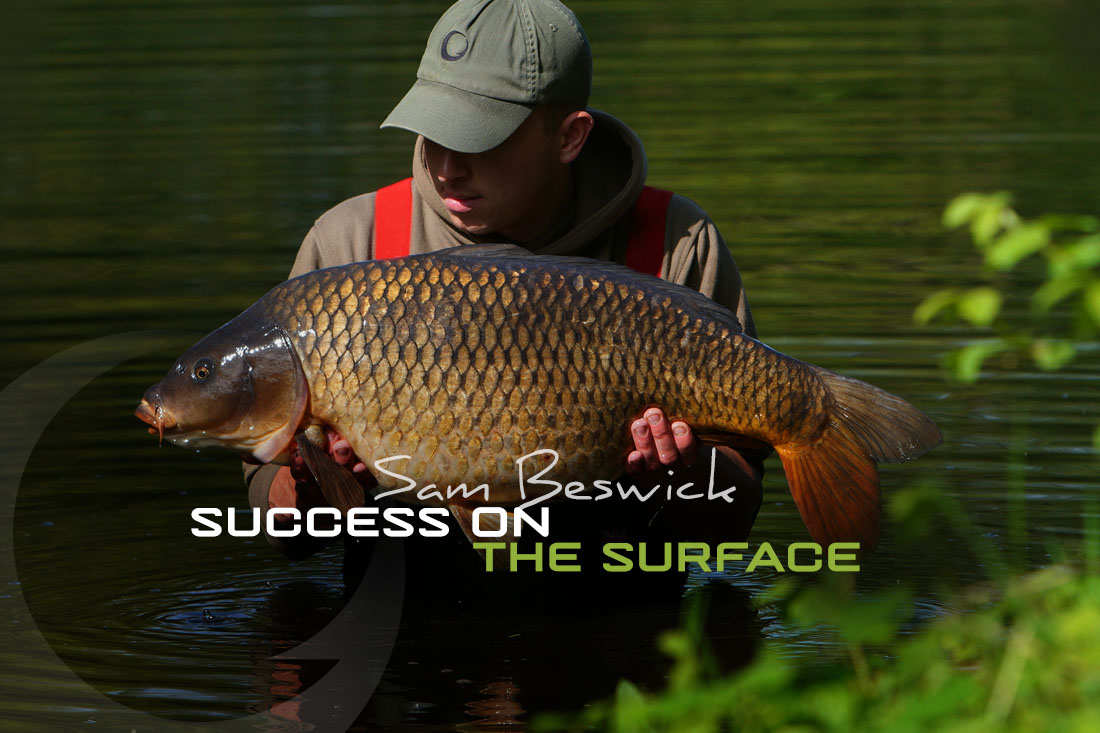
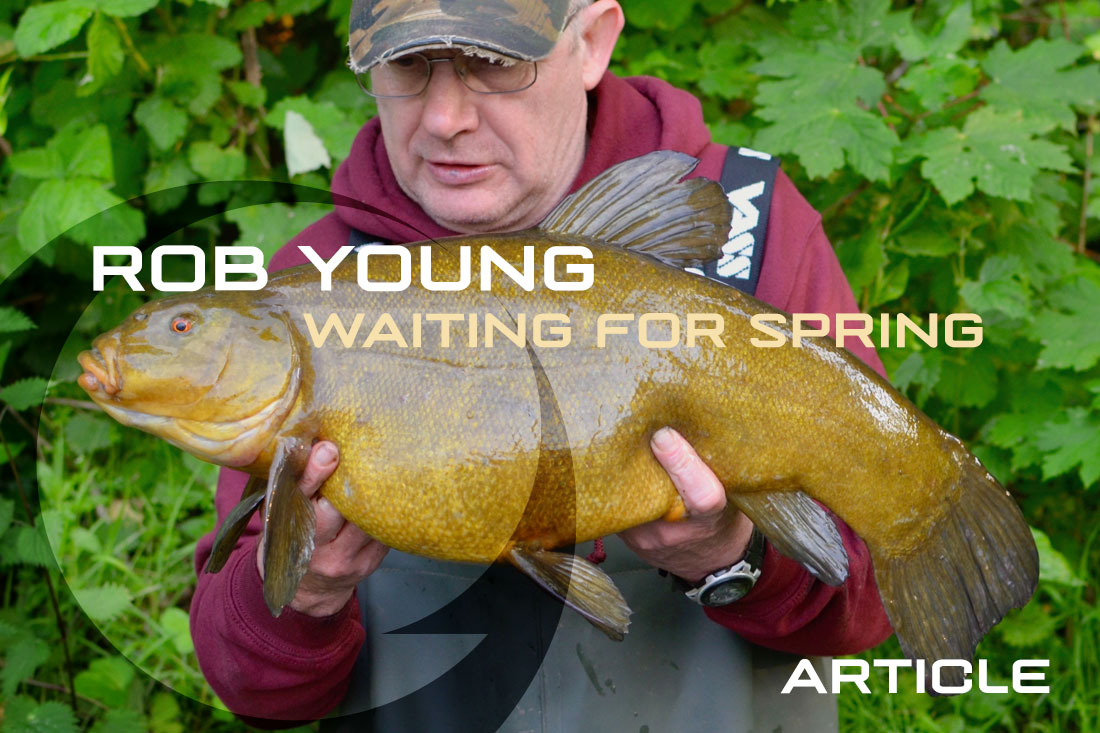
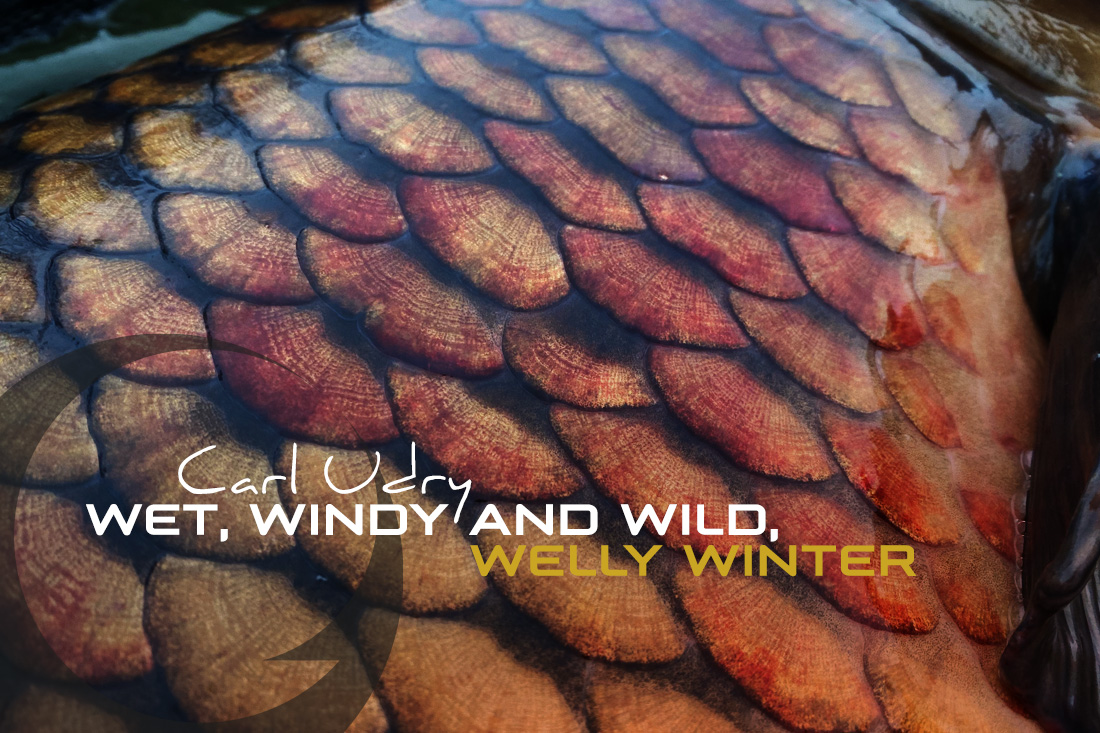
Leave A Comment